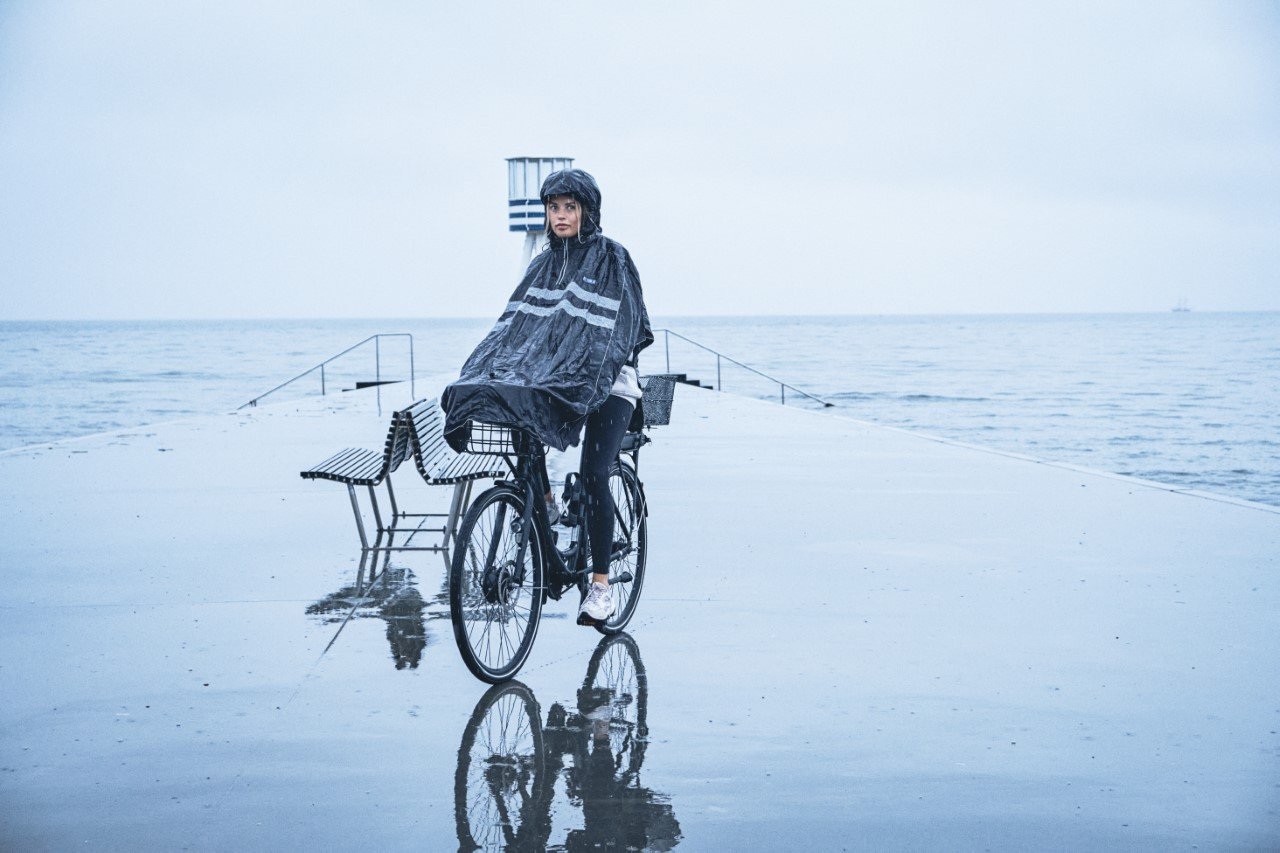5 THINGS EVERY CYCLIST SHOULD KNOW WHEN IT RAINS!
5 THINGS EVERY CYCLIST SHOULD KNOW WHEN IT RAINS!
For most people, rain is not an ideal weather for cycling, which we understand! However, we believe that there is no such thing as bad weather, only the wrong clothing and that you can significantly improve your cycling experience with the right measures!
With the hope of not letting the rain remain a hindrance, we've put together five tips you should read before the next time you grab your bike!
Rain increases the chances
of getting a flat tire
If you're one of the heroes of the bike path who doesn't let the rain stop you, then you've probably had a puncture in the rain or shortly after! There are several reasons for this - firstly, many pebbles are turned over when it rains, resulting in their pointed sides pointing upwards and more easily puncturing the tire. In addition, pebbles stick more easily to wet tires and the rain can act as a lubricant, making it easier for pebbles to work their way into the tire.
Some preventative measures you can take to reduce the chance of getting a puncture are to have a good set of tires that are not completely worn down and to check your tire pressure. There are many different types of bikes and tires, which means that the optimal tire pressure depends on the type of bike. In general, racing bikes run high tire pressure, city and touring bikes run medium and
2. Rain worsens cycling conditions and leads to more cycling accidents
Rain can change your usual cycling route and present unexpected challenges! When it has been raining, especially after a long period of dry weather, the roads can be slippery - so you need to be extra sharp when cycling in wet weather, especially when turning or braking. So always remember to signal when you stop or turn so that those behind you have time to react.
Similarly, be aware of large puddles and try to avoid them, as there's no way of knowing what's hiding in the depths, which can lead to unpleasant experiences if you cycle into them!
3. A comfortable experience in the rain requires the right equipment
As the saying goes, the right tool is half the battle and this is true for cycling too! If your bike is exposed to rain and moisture over a long period of time, it can become tarnished and rust can creep in. Therefore, it's best to store your bike in a dry place and wipe the chain with a cloth after use. Your chain also benefits from regular lubrication with chain oil. During periods of heavy rain, it is an advantage to use specially developed oil for wet conditions.
In addition, there is a tendency for many manufacturers, especially of the cheaper brands on the market, to fit bicycles with only very short mudguards, which does not provide very good protection in the rain. Fortunately, this can be easily fixed with a longer mudguard. A somewhat overlooked feature is the mud flaps, both front and rear, which help to shield the shoes from splashes and reduce the cascades of water towards the riders behind. Finally, it's essential to have proper rainwear that can keep you dry enough to withstand any kind of rain!
4. Rainy weather often means reduced visibility in traffic
When it rains, it can often be difficult to see other road users, which is important to keep in mind before getting on your bike! It is essential to remember your headlights when it is dark and raining and it is also recommended to wear reflective clothing, bags or other reflective items to increase your visibility in traffic.
5. A plastic bag makes a big difference
There are many fancy saddle covers available from bike shops today, but a classic trick that many cyclists use to protect themselves from the experience of a wet bike seat and a wet bum is to keep a regular plastic bag with them on the road or tucked under the seat - that way you can always start your ride dry.







